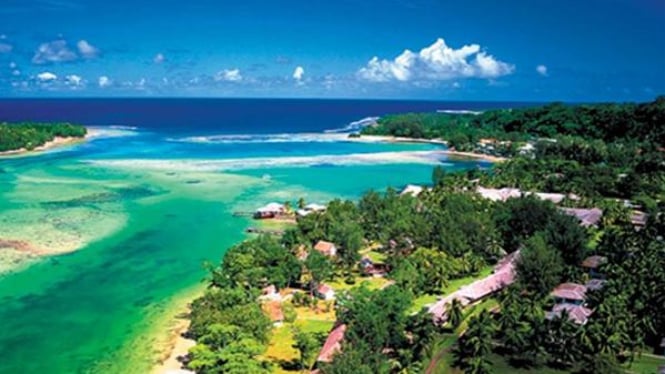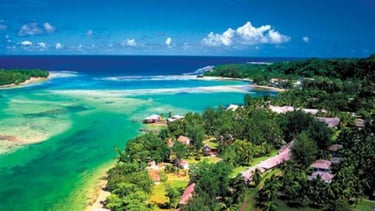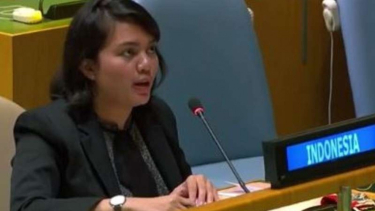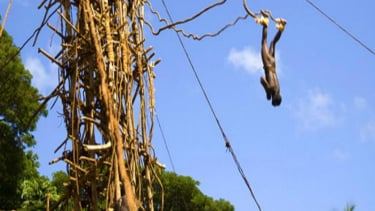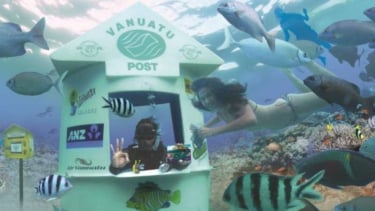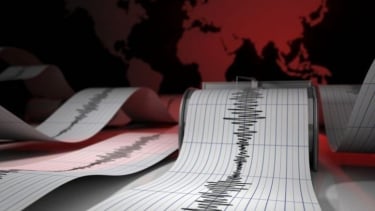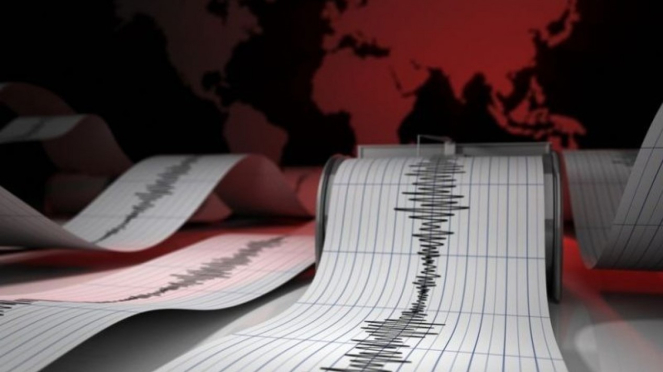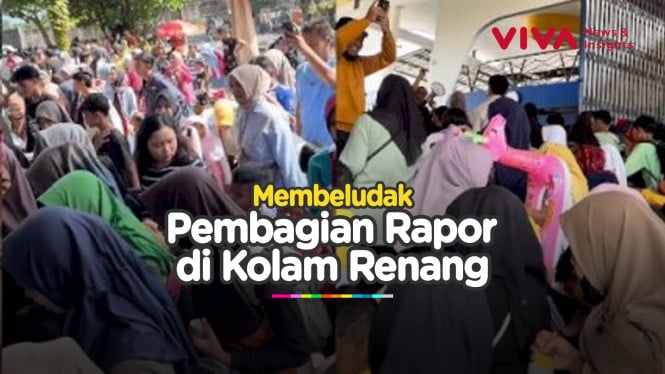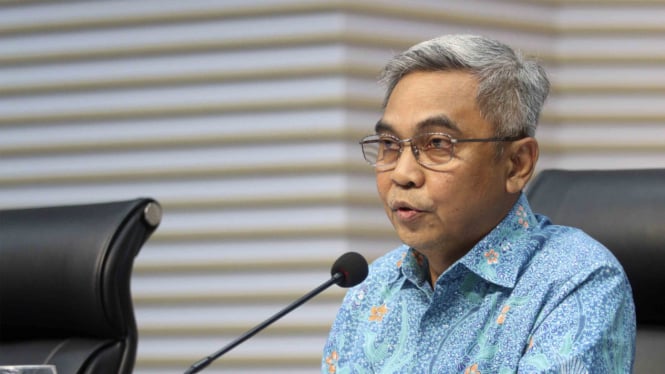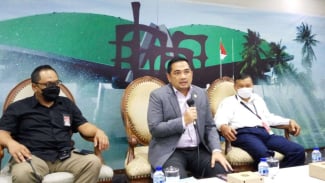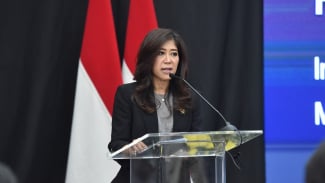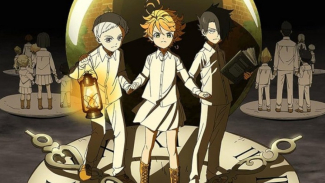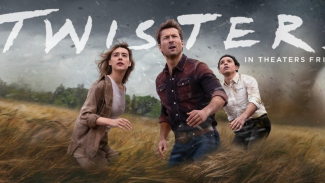Five Facts about Vanuatu, Has Bad Relationship with Indonesia
- travelanthropist.com
VIVA – Vanuatu is one of the countries that always mentions Indonesia in the United Nations (UN) Assembly. The small country east of Australia protested about Papua. Starting from a video of a young Indonesian diplomat, Silvany Austin Pasaribu.
Silvany Austin Pasaribu gave an assertive answer to Vanuatu's representative Bob Loughman at the UN General Assembly on September 26, 2020. It turns out that it is not the first time Vanuatu has interfered with Indonesian affairs regarding Papua. In previous years, this country had protested to the United Nations about Papua.
Diplomat muda Silvany Pasaribu respons tegas delegasi Vanuatu
- Rilis PJTRI
Vanuatu is an island country located in the southern Pacific Ocean. Vanuatu is known as one of the happiest places, it also has a lot to offer. From rainforests to amazing marine life, even lava-spewing volcanoes.
Here are some facts about Vanuatu that rarely people know.
1. An Archipelago Country with Tropical Rainforest
Ritual Naghol di Pulau Vanuatu
- http://www.roughguides.com
The Republic of Vanuatu consists of 13 islands and 60 small islands whose clusters form the letter 'Y'. The state capital of Vanuatu Port-Vila is on Efate Island. The islands in Vanuatu covering an area of ??12,190 square kilometers are inhabited by about 289,100 people, as reported by the Encyclopaedia Britannica.
Vanuatu has two seasons, namely a hot and rainy season in November-April and a cooler and drier season in May-October. The southeast of the country is generally windy, although the north usually experiences heavy rains throughout the summer. The northern part of Vanuatu is usually full of tropical rain.
2. Vanuatu Has Many Active Volcanoes
Vanuatu has many types of relief, ranging from mountains, highlands, lowlands, coastal areas, and offshore coral reefs. On several islands, there are active volcanoes, such as Mount Séré'ama in Vanua Lava, Mount Manaro in Aoba, Mount Garet in Santa Maria, the twin volcanoes Benbow and Marum in Ambrym, and Mount Yasur in Tanna.
The mountain also makes Vanuatu prone to earthquakes. Vanuatu also has the underwater volcano solfatara and fumaroles. Fumaroles are holes in the earth's crust that emit steam and gases. While solfatara is a fumarole that emits sulfur oxide gas in addition to carbon dioxide and water.
3. The Majority Inhabited by Melanesian Population
The original population of the country of Vanuatu is Melanesians as the majority and Polynesians as the minority. The name Vanuatu comes from the local Melanesian language which means "Our Land Forever".
Meanwhile, the minority population of Vanuatu is people of Chinese and European blood. To note, before independence in 1980, Vanuatu was colonized by Britain and France or Anglo-French. The main languages ??are French, English, and Bislama.
4. Agrarian as Livelihood
Pos bawah laut Vanuatu
- Istimewa
Farming, fishing, and animal husbandry are the main livelihoods of the people of this country. The main agricultural products here are coconut, kava, chocolate, coffee, banana, yam, sweet potato, and breadfruit. The big catch of tuna and bonito is done in cooperation with Japan and Australia.
Vanuatu is also one of the leading manufacturing countries in the fields of meat packing, fish freezing, soft drink manufacturing, and furniture. In addition, tourism and manganese mining in this country is one of the main sources of income.
5. Dangerous Country When Natural Disasters Happen
Ilustrasi gempa Bumi.
- Istimewa
When it comes to natural disasters, Vanuatu is the most dangerous country in the world. The country is positioned over the ring of fire and has a high chance of experiencing earthquakes, storms, floods, droughts, and sea level rises.
